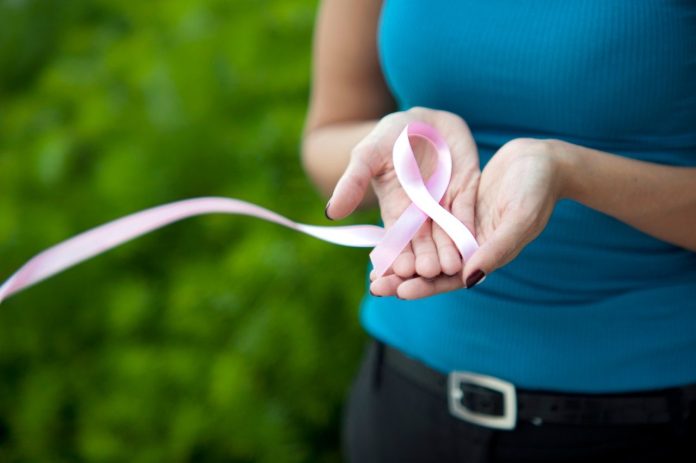Women who are carriers of the BRCA-1 gene or the BRCA-2 gene have a significantly higher risk for developing breast and ovarian cancers than those who do not have the mutated gene. Genetic testing can determine whether a woman carries one of the genes but at a cost—the most widely used test, the BRCA genetic test, marketed by Myriad Genetics, sells for about $4,000. Thus, UCLA researchers conducted a study to determine whether administering the test to all women, including those who do not have cancer or have no family history of the disease, was worth the cost.
The researchers note that cancer-causing mutations in the BRCA-1 and BRCA-2 genes are usually found in families who are affected by breast and reproductive system cancers (uterus, fallopian tubes and ovaries), and carriers can pass the mutated genes to both daughters and sons. They compared the overall cost-effectiveness and benefit of screening all women in the United States for BRCA-1 or BRCA-2 to other diagnostic tools, and found that these existing procedures continue to be more efficient and possibly a better use of limited resources. In addition, they found that for 99.75% of women screened for BRCA-1 or BRCA-2, a negative genetic test did not offer an increase in life expectancy, does not eliminate the need for regular mammograms, and may provide false reassurance that a woman is not at risk for breast cancer.
Of the 233,000 breast cancers diagnosed annually in the United States, only 5-10% are due to mutations in the BRCA genes. Thus, in view of this fact and the aforementioned study results, they concluded that the BRCA genetic test is too expensive to warrant universal screening. “The cost of BRCA testing would need to drop by 90% for testing to be cost-effective for the whole population,” noted study author Patricia Ganz, PhD, director of the division of cancer prevention and control research at UCLA’s Jonsson Comprehensive Cancer Center. She and Elisa Long, PhD, assistant professor at the UCLA Anderson School of Management, calculated that for every 10,000 women screened, BRCA screening could forestall four cases of breast cancer and two cases of ovarian cancer more than family history-based testing. However, the BRCA screening would only extend patients’ life by an average of two days. For 99.75% of women screened, a negative genetic test offers no increase in life expectancy nor would it eliminate the need for regular mammograms, and it could provide false reassurance that a woman is not at risk for breast cancer.
The U.S. Preventive Services Task Force recommends BRCA genetic testing only for women with a known family history of breast, ovarian, tubal or peritoneal cancer. Dr. Long said that although the Myriad test remains the most commonly used test for BRCA mutations, a new $249 test recently announced by Color Genomics could encourage other companies to introduce lower-cost genetic tests and make universal screening more practical and more affordable. However, she noted that questions would remain about the feasibility of providing personalized genetic counseling services on such a large scale. She explained, “It’s like looking for a needle in a haystack. If only 1 in 400 women across the country have one or both of the BRCA-1 or BRCA-2 mutations, universal screening would cost $1 million to $2 million to detect a single BRCA mutation, or nearly $400 billion to screen all women in the United States. Perhaps this money could be better spent on other diagnostic tools for young women, such as MRIs, to have the greatest impact.”
Dr. Long has a personal connection to the BRCA-1 mutation. She herself is a carrier, and last year, at just 33 years of age, she was diagnosed with triple-negative breast cancer, the most aggressive form of the disease. She had no family history of breast cancer. Her treatment consisted of six rounds of chemotherapy, a bilateral mastectomy and reconstructive breast surgery. Fortunately, the chemotherapy killed the cancer before her first surgery, increasing her five-year survival probability from 60% to 95%. In July, Dr. Long also had her ovaries and fallopian tubes removed, which reduced her risk of ovarian cancer to less than 5%.








